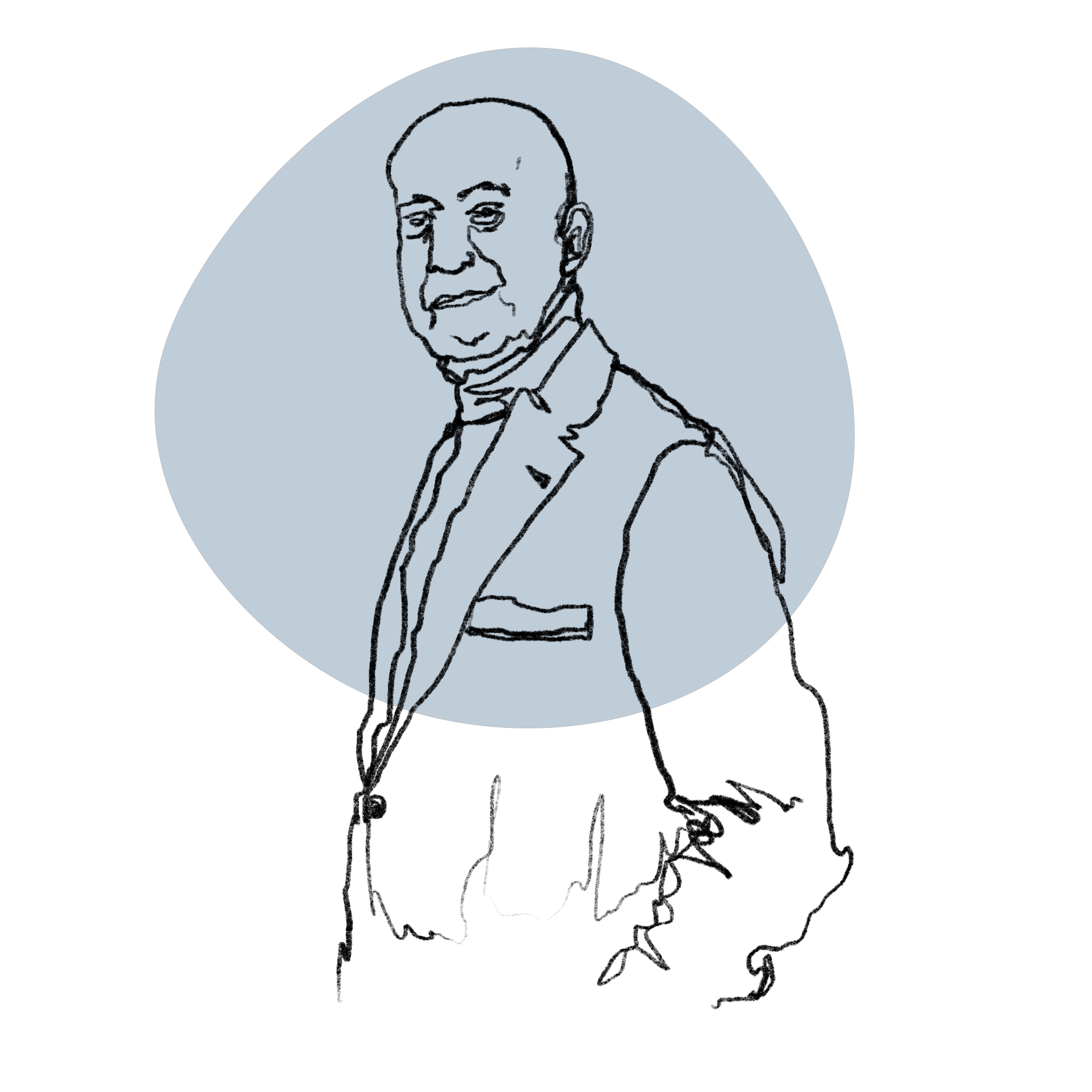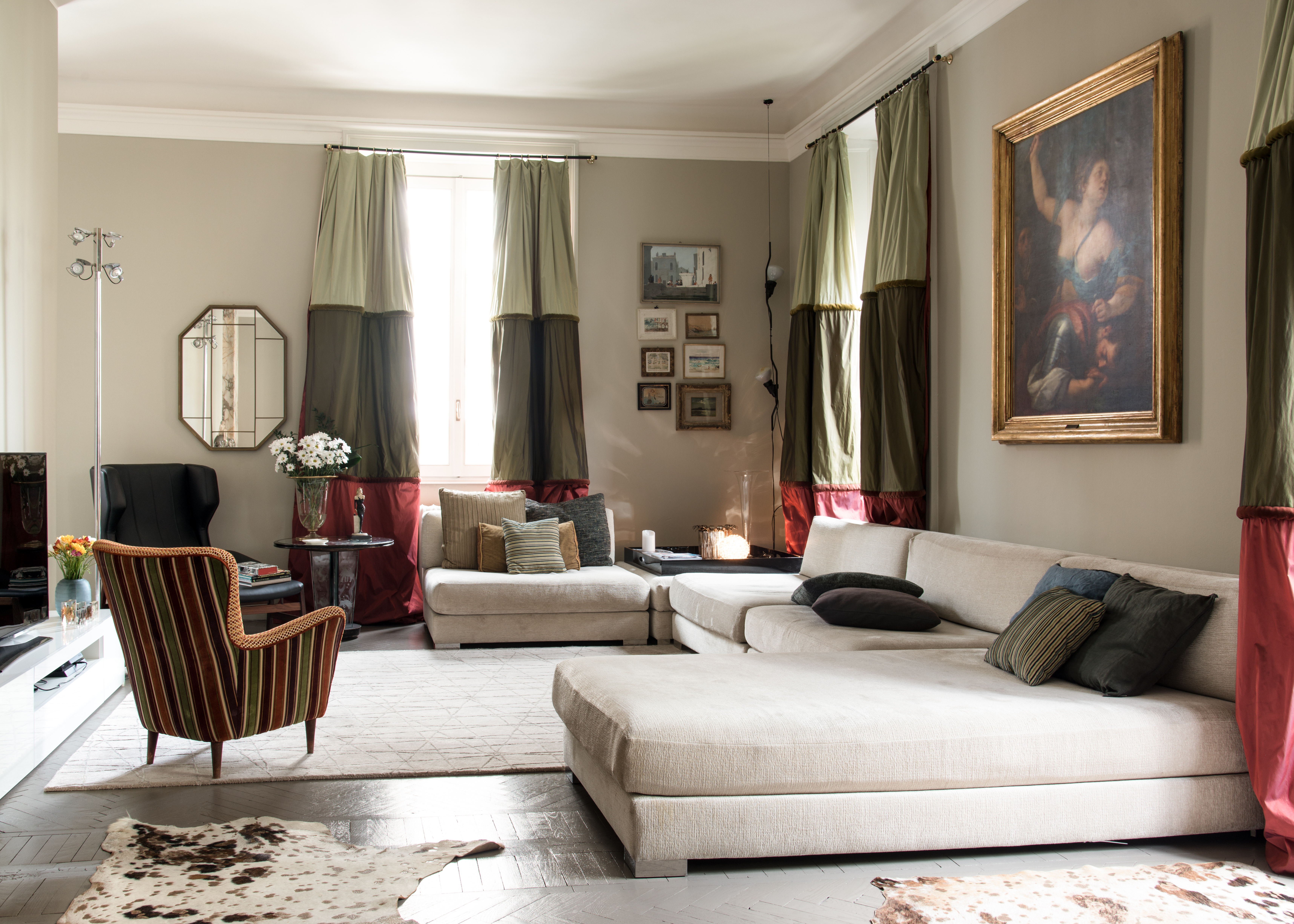Washing your hands today does not feel like washing your hands a few months ago. Today's circumstances force us to re-evaluate gestures that are rooted in our culture and that we took for granted. The current situation also offers us the opportunity to review another element of our everyday life: the structure of the our houses.
Improvements in sanitation have, and have always been, one of the central elements for the development of mankind. It was through health emergencies that mankind was pushed to make its major progresses in this direction. Our culture, supported by scientific knowledge, has gradually enriched itself with customs and tools to improve our physical and mental wellbeing: an evolution that has mainly touched the public sphere, but is also reflected in our most private environment, homes.
The bathroom is the first domestic area that comes to our minds, but there are other aspects of our homes that were impacted when hygiene, science, architecture and design came together. At the end of the Nineteenth century, when the idea that dust and germs were the true carriers of disease spread, western interior decor changend radically: carpets, tapestries, curtains were removed from kitchens, bathrooms and laundries to keep these environments cleaner. From the early Twentieth century on wardrobes and large trunks gradually disappeared, opening the way to closets which were easier to clean and keep neat. Materials have changed a lot in the last century as well: porcelain tiles, polished marble tops and smooth stone floors replace porous surfaces such as wood and raw terracotta which were typically used in the past.
During the central years of the Twentieth century, Modernism, lead by Le Corbusier, promoted the spread of "ideal" rooms to improve the well-being and health of man. Thus light and air space became central for the definition of modern home's floorplans. Since then a house can't be planned without a powder room, or a small bathroom to wash your hands, near the entrance; a balcony, a sleeping porch (already in vogue since the times of tuberculosis when the sun was the only cure), or a green area; a clean white wall or a minimal décor either in the design or in the furnishings.
While exploring the past we wonder what this new time of health crisis will bring us and spontaneously we feel in good hands: for the prevention of future epidemics we can rely on science and medicine, but also on the creativity of architects and designers who will let humanity progress once again.






.png)






